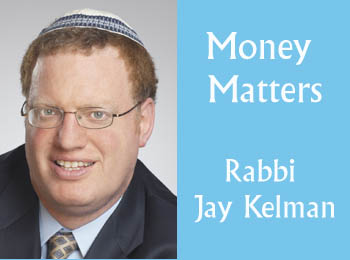No column that I’ve written has received the response that my recent one on how Hebrew day school tuition fees can be substantially and easily reduced without any new money being raised and without funds for other charities being diverted to education.
The combination of foundations spending part of their capital and having it replenished with insurance purchased by day school parents allows us to solve a major crisis now while maintaining and even increasing funds for the future.
I’d like to add a further perspective as we move toward a solution. As The CJN has reported, enrolment at the Anne and Max Tanenbaum Community Hebrew Academy has dropped by some 160 students over the past three years. That’s expected to grow to 200 fewer students by the fall. While some attribute the drop to demographics, my own research shows that finances play a much greater role.
While Generation X may have had slightly fewer kids than the Baby Boomers, Toronto has been, and continues to be, a magnet for Jewish immigration from all over the world. The Jewish community today is larger than it was 15 years ago, so enrolment should be going up, not down. Demographics do play a role – in the decision of countless committed parents to have fewer children. As many have noted, day school tuition is the best form of birth control.
TanenbaumCHAT’s own research shows that 96 per cent of its graduates marry Jews (similar studies across North America peg the rate at just over 90 per cent). For students attending public school, the intermarriage rate is more than 50 per cent. While the ultimate goal is “Birthright Education” – free education for every Jewish child – we’ll start with a goal of a 50 per cent cut in tuition.
Assuming that such savings would entice many to opt for a day school education, this means that for every $1 million dedicated to tuition reduction – money that would be returned with “interest” – four Jews who would otherwise have intermarried would marry Jews.
Without getting into the intricacies of insurance, here’s a simplified example of how this could work: a family with four children in day schools has $800,000 of tuition to look forward to. In return for a tuition loan of $500,000 over 18 years, the couple buys $2,000,000 in life insurance, payable to the foundation funding the tuition reduction. If they purchase the insurance when the husband is 40 and the wife 37, it will cost them about $120,000 over those same 18 years while their kids are in school (substantially less if they purchase the insurance, say, when they are 30 and 27), after which no more premiums would be necessary. The family saves some $380,000 and the charity receives four times the money it loaned to be used for future charitable giving. Even if the couple lives into their nineties, that’s a return of about 2.5 per cent compounded annually – much higher than a government-guaranteed bond.
The much greater return is an investment in the Jewish future – in guaranteeing future Jewish children will have access to Jewish education, and in having a cadre of committed Jews to strengthen our community.
